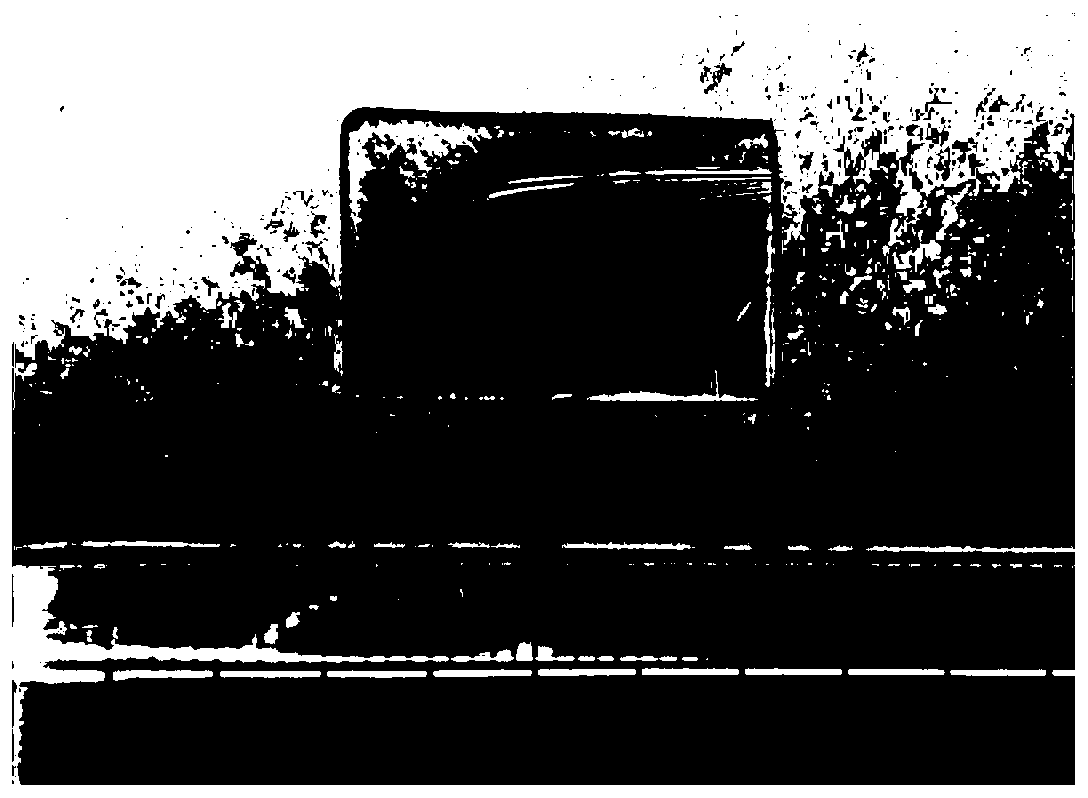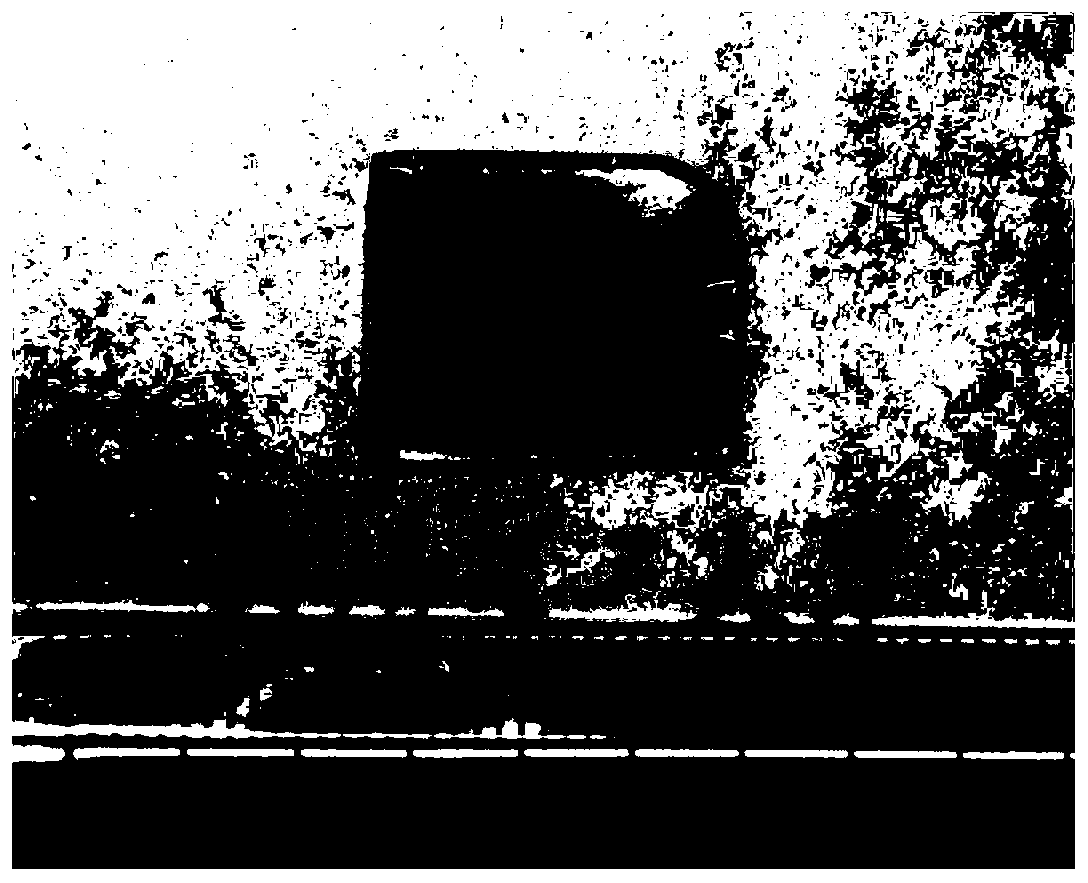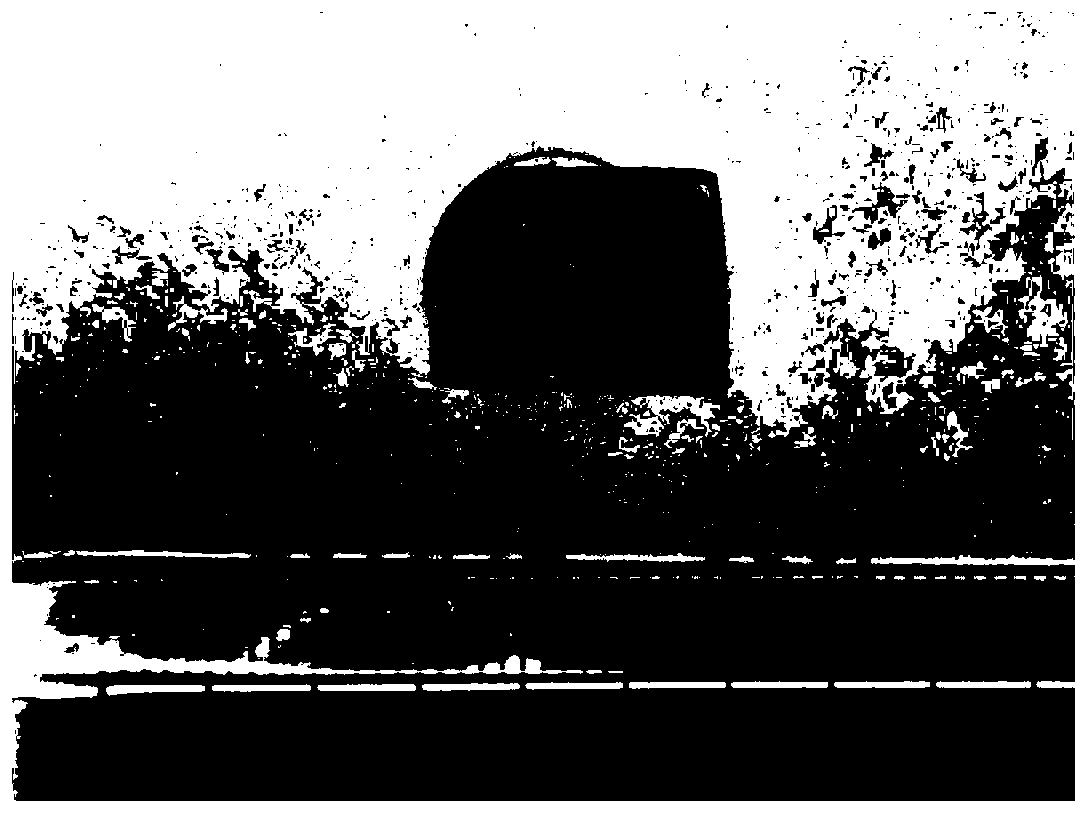Spinel transparent microcrystalline glass with low melting temperature, preparation method and performance enhancing method thereof
A technology of glass-ceramics and spinel, applied in the field of spinel transparent glass-ceramics and its preparation and performance enhancement, can solve the problem of high melting temperature, difficulty in ensuring glass clarification and uniformity, magnesium-aluminum-silicon glass Problems such as high temperature viscosity
- Summary
- Abstract
- Description
- Claims
- Application Information
AI Technical Summary
Problems solved by technology
Method used
Image
Examples
Embodiment 1
[0036] Weigh the raw materials: the glass batch is composed according to the mole percentage of oxides:
[0037]
[0038] Mix the batch materials evenly, heat them at 1580°C for 2 hours to melt them, cast them after clarification, anneal them at 600°C for 3 hours to obtain glass blocks, and then carry out nucleation and crystallization treatments. The specific parameters are: heat up to 750°C at room temperature ℃ for 5 hours, continue to heat up to 800 ℃ for 3 hours, the heating rate is 5 ℃ / min, after microcrystallization treatment, cool naturally with the furnace to obtain glass ceramics, as figure 1 ;
[0039] After testing, the main crystal phase of glass-ceramics is magnesium aluminum spinel (MgAl 2 o 4 ) and zinc-aluminum spinel (ZnAl 2 o 4 ),Such as Figure 5 . Sample Vickers hardness (H v ) is 748kgf / mm 2 .
Embodiment 2
[0041] Weigh the raw materials: the glass batch is composed according to the mole percentage of oxides:
[0042]
[0043] Mix the batch materials evenly, heat them at 1550°C for 3 hours to melt them, cast them after clarification, anneal them at 580°C and heat them for 4 hours to obtain glass blocks, and then carry out nucleation and crystallization treatments. The specific parameters are: heat up to 650 ℃ for 5 hours, continue to heat up to 850 ℃ for 3 hours, the heating rate is 5 ℃ / min, after the microcrystallization treatment, cool naturally with the furnace to obtain glass ceramics, as figure 2 ;
[0044] After testing, the main crystal phase of glass-ceramics is magnesium aluminum spinel (MgAl 2 o 4 ) and zinc aluminum spinel (ZnAl 2 o 4 ),Such as Figure 6 . Sample Vickers hardness (H v ) is 735kgf / mm 2 .
Embodiment 3
[0046] Weigh the raw materials: the glass batch is composed according to the mole percentage of oxides:
[0047]
[0048] Mix the batch materials evenly, heat them at 1580°C for 3 hours to melt them, cast them after clarification, and anneal them at 550°C for 3 hours to obtain glass blocks, and then carry out nucleation and crystallization treatments. The specific parameters are: heat up to 750°C at room temperature ℃ for 5 hours, continue to heat up to 870 ℃ for 3 hours, the heating rate is 5 ℃ / min, after the microcrystallization treatment, cool naturally with the furnace to obtain glass ceramics, such as image 3 ;
[0049] After testing, the main crystal phase of glass-ceramics is magnesium aluminum spinel (MgAl 2 o 4 ) and zinc-aluminum spinel (ZnAl 2 o 4 ),Such as Figure 7 ;
[0050] The glass particles are obtained by water quenching method, and the viscosity-temperature curve is measured by a rotational viscometer, as shown in Figure 9 , when the viscosity i...
PUM
| Property | Measurement | Unit |
|---|---|---|
| Vickers hardness | aaaaa | aaaaa |
| Vickers hardness | aaaaa | aaaaa |
| Vickers hardness | aaaaa | aaaaa |
Abstract
Description
Claims
Application Information
 Login to View More
Login to View More - R&D
- Intellectual Property
- Life Sciences
- Materials
- Tech Scout
- Unparalleled Data Quality
- Higher Quality Content
- 60% Fewer Hallucinations
Browse by: Latest US Patents, China's latest patents, Technical Efficacy Thesaurus, Application Domain, Technology Topic, Popular Technical Reports.
© 2025 PatSnap. All rights reserved.Legal|Privacy policy|Modern Slavery Act Transparency Statement|Sitemap|About US| Contact US: help@patsnap.com



